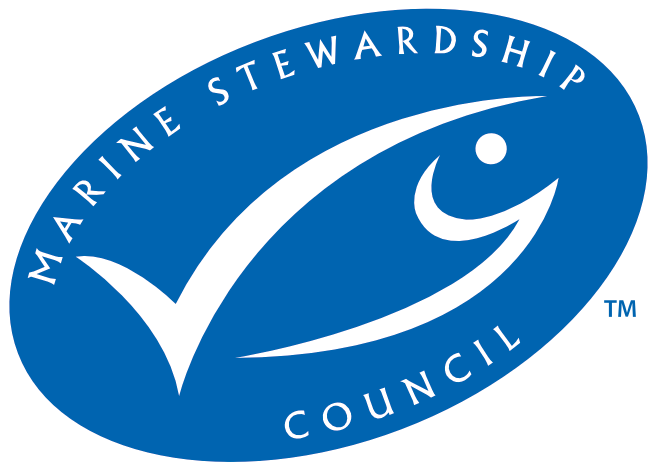
- Certifier :
- DNV
- Certified status :
- Certified
- Certified since :
- 07 Nov 2013
- Certificate expires :
- 06 May 2029
Overview
Fisheries are composed of one or more parts, each of which is entitled to receive an MSC certificate. These parts or “units” are defined by their target stock(s), fishing gear type(s) and if relevant vessel type(s), and the fishing fleets or groups of vessels.
When the term “Unit of Certification” is used for fishing units that are in assessment, it refers to the “Unit of Assessment” or “Unit of potential certification”. Expand a status below to view the parts that form this fishery. To check the detailed scope, download the latest certificate or open the Assessments page to get the latest report. Find out more by visiting our page on Fisheries
Engage with a Fishery Assessment
The following documents are open for stakeholder comment.
| Documents | Closes on | Files |
|---|---|---|
| Surveillance audit announcement | 10 Jan 2026 | 1 files |
As a stakeholder you are an essential source of information needed to conduct a meaningful assessment. To engage with a fishery assessment please register at the start of the process.
Catch by Species
| Species | Reported Catch Year | Metric Tonnes |
|---|---|---|
| Northern prawn (Pandalus borealis) | 2024 | 21,944 |
| Atlantic cod (Gadus morhua) | 2024 | 3,275 |
Information is provided by an independent Conformity Assessment Body as live weight (the weight of species at the time of catch, before processing) and where a fishing season covers multiple years, the end year is given as the reported catch year. Additional information is available in the latest report, see the assessments page.
About this Fishery
The cold water prawn (Pandalus borealis) is also known as the pink or northern shrimp. It is distributed across the North Atlantic around the Barents Sea, Svalbard, Iceland and Greenland and south to the North Sea and Massachusetts, and across the North Pacific from the Bering Sea south to Japan and Oregon. All these areas have important commercial prawn fisheries.
The Estonia North East Arctic cold water prawn fishery operates in the Barents Sea and comprises four vessels. Offshore vessels can catch up to 300-400 tonnes of shrimp per trip, which usually last for 4-5 weeks. Assessments show the fishery has little impact on stock levels in the Barents Sea, which have remained close to carrying capacity since 1970.
Prawn is caught by small-mesh trawl gear. The minimum stretched mesh size is 35mm, but all the certified vessels use a mesh size of 44mm (although a smaller mesh size is allowed around Svalbard). All trawls are equipped with obligatory sorting grids: prawn pass through these grids, while other species are directed out of the net, minimizing bycatch of juvenile fish. Rubber discs prevent the ground rope at the base of the net from making contact with the seafloor.
Market Information
Shrimp from the fishery is sold primarily in Japan and the European Union.